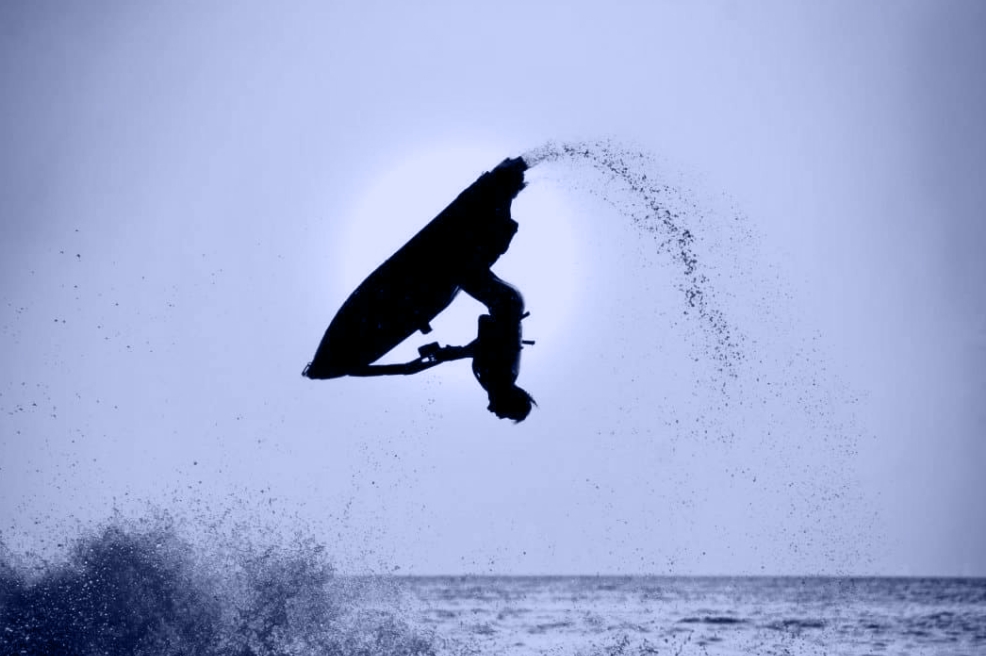Jet skis began to transition to four-stroke engines in the early 2000s. The specific timing can vary slightly depending on the manufacturer and model.
Here are some key milestones in adopting four-stroke engines in the personal watercraft (PWC) industry…
- Yamaha FX140 – Introduced in 2003, the Yamaha FX140 was one of the first commercially successful jet skis to feature a four-stroke engine. This model marked a significant shift towards more environmentally friendly and efficient propulsion systems in the PWC market.
- Industry Adoption – Following Yamaha’s introduction of the FX140, other manufacturers such as Sea-Doo (BRP) and Kawasaki began developing and introducing their four-stroke PWC models in subsequent years.
- Regulatory Drivers – The shift towards four-stroke engines was partly driven by tightening environmental regulations, particularly regarding emissions and noise levels. Four-stroke engines are generally cleaner and quieter than traditional two-stroke engines, aligning with regulatory requirements and consumer preferences for more sustainable watercraft.
- Continued Evolution – Four-stroke technology has advanced since the early 2000s, with manufacturers introducing newer models with improved fuel efficiency, performance, and reduced environmental impact. Today, most new jet skis and personal watercraft are powered by four-stroke engines.
While some two-stroke models may still be available for specific applications or preferences, the industry trend has favored four-stroke engines for their overall performance, efficiency, and environmental responsibility benefits.





